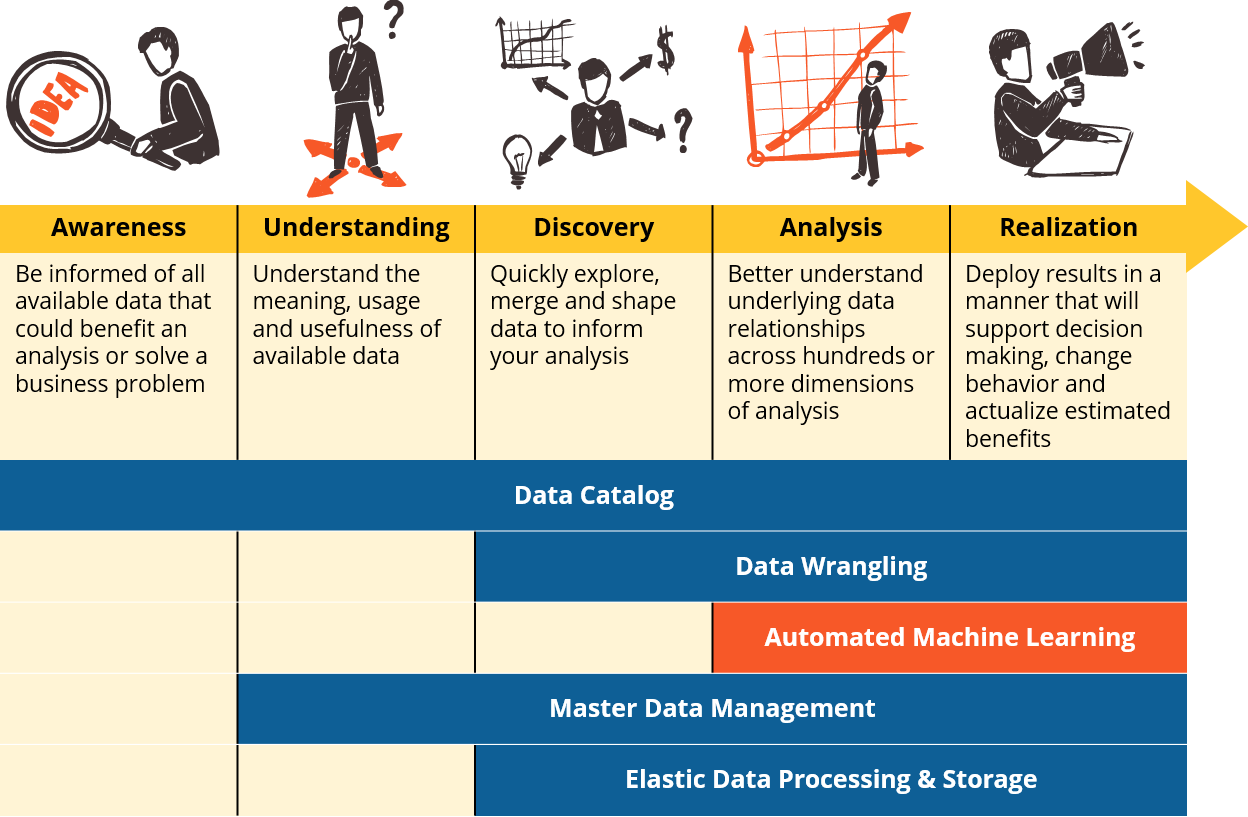https://www.ironsidegroup.com/wp-content/uploads/2018/05/bigstock-Industrial-robot-with-conveyor-191083657.jpg
350
750
Ironside Group
https://www.ironsidegroup.com/wp-content/uploads/2018/03/logo-with-words.png
Ironside Group2018-06-06 09:14:442019-01-28 09:12:31Five Essential Capabilities: Automated Machine Learning
https://www.ironsidegroup.com/wp-content/uploads/2018/05/bigstock-Young-Plants-Growing-In-A-Very-102736094.jpg
350
750
Ironside Group
https://www.ironsidegroup.com/wp-content/uploads/2018/03/logo-with-words.png
Ironside Group2018-05-29 11:48:112019-01-28 09:17:22Five Essential Capabilities of the Competitive Data-Driven Enterprise
https://www.ironsidegroup.com/wp-content/uploads/2018/01/bigstock-190636042.jpg
350
750
Ironside Group
https://www.ironsidegroup.com/wp-content/uploads/2018/03/logo-with-words.png
Ironside Group2018-02-01 14:50:422019-03-18 09:50:18How Mature is Your Data?
https://www.ironsidegroup.com/wp-content/uploads/2016/11/biopharma.jpg
350
750
Pam Askar, PhD
https://www.ironsidegroup.com/wp-content/uploads/2018/03/logo-with-words.png
Pam Askar, PhD2017-09-06 14:29:372019-01-22 12:49:49Advanced Analytics for the Biopharmaceutical Industry
https://www.ironsidegroup.com/wp-content/uploads/2016/06/Hand-Touching-Water-Resized.jpg
350
750
Ironside Group
https://www.ironsidegroup.com/wp-content/uploads/2018/03/logo-with-words.png
Ironside Group2016-06-20 09:00:442019-01-22 12:53:38The Newbie Data Science Guide: Beginning Advanced Analytics
https://www.ironsidegroup.com/wp-content/uploads/2016/05/World-In-Hands-Resized.jpg
350
750
Ironside Group
https://www.ironsidegroup.com/wp-content/uploads/2018/03/logo-with-words.png
Ironside Group2016-05-11 13:38:502019-01-22 12:56:285 Core Goals of Data Driven Policing
https://www.ironsidegroup.com/wp-content/uploads/2016/02/Toy-Cop-Car-Map-Resized.jpg
350
750
Ironside Group
https://www.ironsidegroup.com/wp-content/uploads/2018/03/logo-with-words.png
Ironside Group2016-04-25 13:56:022019-01-22 12:56:54Ironside Predictive Policing Makes IBM Award Finals
https://www.ironsidegroup.com/wp-content/uploads/2016/01/Seesaw-Resized.jpg
350
750
Ironside Group
https://www.ironsidegroup.com/wp-content/uploads/2018/03/logo-with-words.png
Ironside Group2016-01-11 21:44:092024-01-24 11:31:41Recipes for Predictive Modeling: Highly Imbalanced Data
https://www.ironsidegroup.com/wp-content/uploads/2016/01/Blurred-Aisle-Resized.jpg
350
750
Pam Askar, PhD
https://www.ironsidegroup.com/wp-content/uploads/2018/03/logo-with-words.png
Pam Askar, PhD2016-01-11 21:07:282019-01-22 13:03:31Beyond Market Basket Analysis: Extending Association Rules
https://www.ironsidegroup.com/wp-content/uploads/2015/10/Police-Lights-Abstract-Resized1.jpg
350
750
Ironside Group
https://www.ironsidegroup.com/wp-content/uploads/2018/03/logo-with-words.png
Ironside Group2015-10-06 11:31:202019-01-22 13:09:45Ironside Case Study: Manchester PD’s Predictive Policing Success



